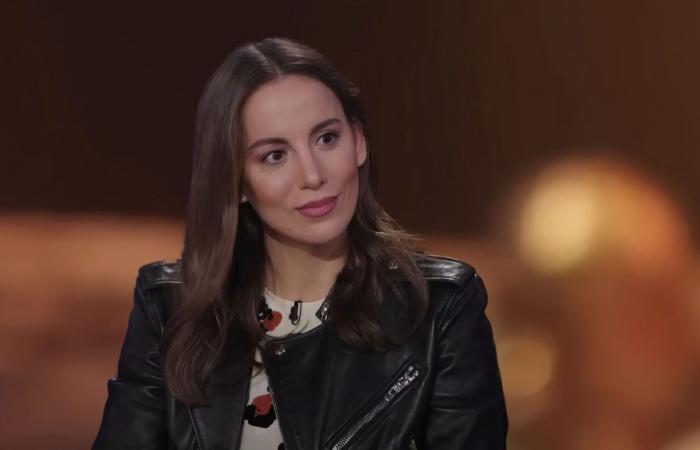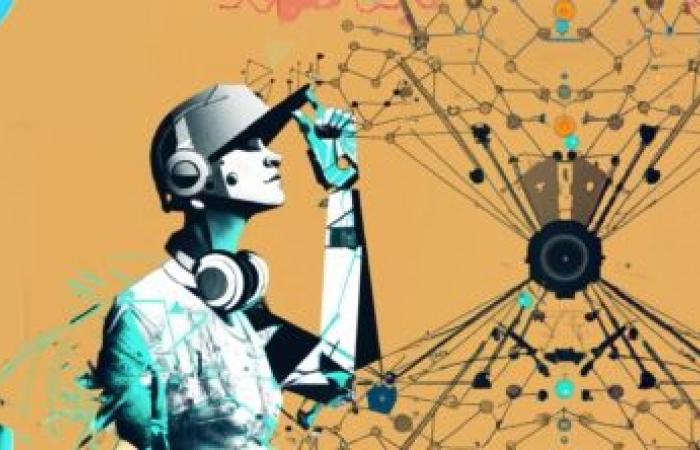Much has been written about the sophisticated chatbot ChatGPT and creative artificial intelligence DALL·E in recent months. The tools that are already becoming part of many creative industries and help with routine work matters were born in OpenAI, a company co-founded by Elon Musk in 2015. However, attention should be focused more on the current technical director of the company, Mira Murati. The thirty-five-year-old American woman is one of the most important players in the field of artificial intelligence due to the progress that OpenAI is making.
Mira Murati was born in San Francisco, but she went to study at the other end of the United States, specifically to New Hampshire, where she graduated from the prestigious Dartmouth College with a degree in mechanical engineering. From her first work experience at the banking company Goldman Sachs, where she worked as an analyst, she quickly jumped to the French company Zodiac Aerospace focused on development in the aviation industry.
In 2013, she started working at Tesla, Elon Musk’s car company, where she headed the team that developed the Model X. She also worked at Leap Motion for two years – thus she moved from the automotive industry to a more virtual sphere, as she was dedicated to technology focused on controlling digital objects using hand movements. During her time at Leap Motion, the company introduced new software designed to track hand movements.
Already at the time when she participated in the development of the new electric car at Tesla, Murati was interested in artificial intelligence. At that time, the company introduced an early version of the autopilot, which was powered by an assistance based on artificial intelligence, at the same time, the technology was increasingly involved directly in the production of cars, where it powered robots. Murati thus began to look into what other industries artificial intelligence could be used in.
Photo: DALL·E
This is how OpenAI’s CTO envisions the DALL·E image generator
Magazine Fast Company Murati said further advances in this technology will play a critical role in how we tackle the world’s greatest challenges. In 2018, she joined the OpenAI company so that she could participate directly in solving the aforementioned challenges. At that time, the ChatGPT and DALL·E 2 modules were already taking shape, and Murati was put in charge of their research and development.
An important step she insisted on was testing the products across the general public. Google is also working intensively on the use of artificial intelligence, which introduced its own text generator Bard. But unlike OpenAI, Google kept its technology under wraps for a long time. But Murati was convinced from the beginning that the capabilities of artificial intelligence can only be advanced when it comes into contact with the human world.
“You can certainly make technological progress in a vacuum, without contact with the real world. But then the question arises whether you are moving in the right direction,” she said for Fast Company. According to her, the development of general artificial intelligence that takes place without public involvement in a laboratory can be very problematic, as there can be a kind of culture shock after it is introduced to the world. Additionally, large language models “learn” much better when they rely on human feedback.
Over the course of four years, Murati rose to the position of Technical Director of OpenAI. Since then, first DALL·E 2 and then ChatGPT have fully reached the hands of users around the world. With that, there was more talk about how it could be beneficial to society, but it also raised a wave of fear. No need to immediately remember Terminator, but even if we keep realistically to the ground, the most likely to start offering their abuse for the spread of disinformation. In addition, they can now be created at a much greater speed and intensity than we have been used to.
“We want the models to follow our explicit instructions, but at the same time follow the instructions that are not fully spoken. We need to prevent them from generating stereotypes or content that could harm someone. They have to have a good understanding of what we want from them and what we mean, which can be a bit vague. Models therefore need feedback directly from people, because that is the only way they can more easily understand what a person’s intention is when entering information.” she mentioned on a discussion panel at the CogX technology festival.
But even from her position, the technical head of OpenAI is not afraid to talk about the fact that the so-called AI industry needs regulation. “It is important that OpenAI and other similar companies make it clear to the public that they bring new technologies to market in a controlled and responsible manner. But there are only a handful of us and we need many more people outside of the tech sphere to join the system. And certainly some regulators and governments as well,” she said in an interview for the magazine Tim. And he also repeatedly mentions that the cooperation of technology companies with philosophers, ethics experts, sociologists and also with artists is necessary.
Read alsoThe ChatGPT artificial intelligence can speak Czech, it can write a contract and a program. But it won’t take away your work, but will make it easier
At the same time, he points out that it is not yet possible to say with certainty how much artificial intelligence-related technologies will affect the labor market – whether people will be completely replaced by general artificial intelligence in the future, or whether it will still function as a tool that expands the field of our existing skills. But Murati is more inclined to the second option and believes that they can help us solve problems that we do not know how to deal with, such as climate change or the prevention and treatment of certain diseases.
Currently, under the leadership of Murati, a new version of the GPT-4 language module is being created, which promises to advance the current technology to the next level. There is a lot of speculation on the internet as tech enthusiasts have high expectations for the new product. But there is not much that is certain yet – neither the date of publication, nor whether it will be a so-called multimodal model that can generate text, images and video.
At the same time, Murati did not even expect that there would be such a hype surrounding the technologies that OpenAI is gradually releasing into the world. According to analysis by Similarweb, just two months after its introduction, the ChatGPT module had about 100 million active users, making it the fastest growing application in history. So it can be expected that the new GPT-4 will cause a similar uproar. And it’s also certain that we’ll be hearing a lot more about the woman behind some of today’s most advanced technologies.
Tags: OpenAI CTO Mira Murati shaping future artificial intelligence
-






